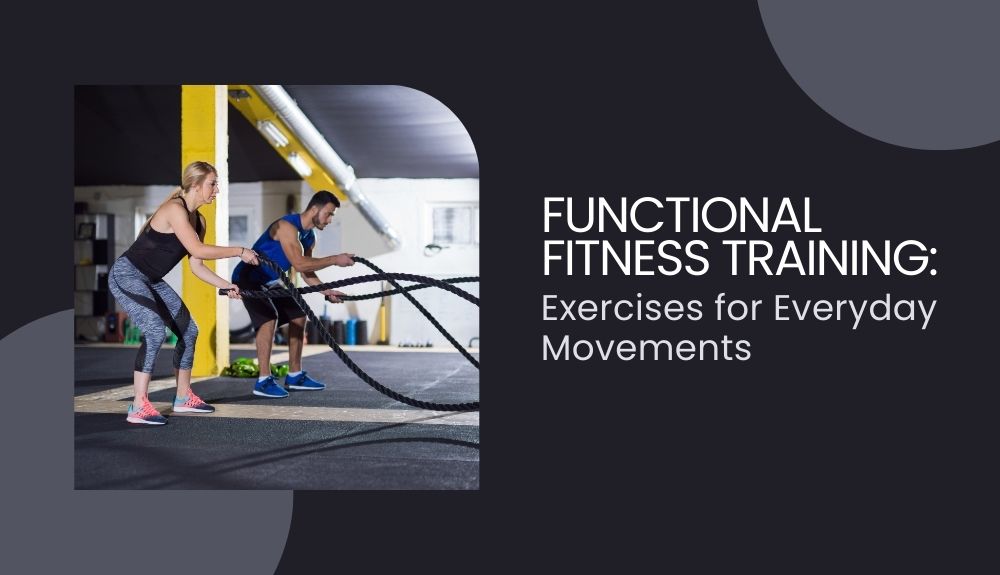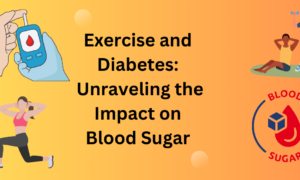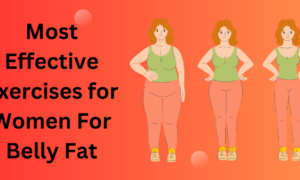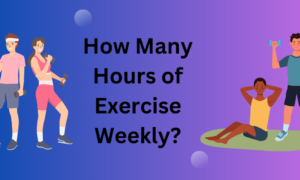Introduction to Functional Fitness Training
Welcome to the world of functional fitness training, where everyday movements become your workout routine! Say goodbye to boring gym machines and hello to exercises that mimic real-life activities. Functional fitness is all about improving your strength, flexibility, and endurance to make daily tasks easier and more efficient. Get ready to transform your body while enhancing your overall quality of life!
Benefits of Functional Fitness Training
Functional Fitness Training offers a range of benefits that extend beyond just building muscle. It focuses on movements that mimic everyday activities, making your body more efficient in performing daily tasks like bending, lifting, and reaching.
One major advantage is improved balance and stability. By engaging multiple muscle groups simultaneously, functional exercises help enhance coordination and proprioception, reducing the risk of falls or injuries.
Additionally, Functional Fitness Training can boost flexibility and mobility by stretching muscles through their full range of motion. This increased flexibility not only improves performance but also helps prevent stiffness and joint pain.
Moreover, it promotes better posture by strengthening the core muscles that support the spine. A strong core can alleviate back pain and improve alignment for overall health.
Incorporating Functional Fitness Training into your routine can lead to a stronger, more agile body capable of handling life’s physical demands with ease.
Exercises for Upper Body Strength and Mobility
When it comes to functional fitness training, focusing on exercises that improve upper body strength and mobility is key. Incorporating movements that mimic everyday activities can help you build muscle and increase flexibility in your arms, shoulders, and back.
One effective exercise for upper body strength is the push-up. This classic move targets multiple muscle groups like the chest, triceps, and shoulders while also engaging your core for stability.
To enhance mobility in your shoulders and improve posture, incorporating shoulder circles into your routine can be beneficial. Simply rotate your shoulders forward and backward in a circular motion to loosen up tight muscles.
Another great exercise for overall upper body conditioning is the bent-over row. By using dumbbells or resistance bands to pull weight towards your torso, you engage muscles in the back, biceps, and forearms.
Don’t forget to include exercises that target smaller stabilizing muscles as well, such as external rotations with a resistance band. These movements help prevent injuries by strengthening often neglected areas of the upper body.
Exercises for Lower Body Strength and Mobility
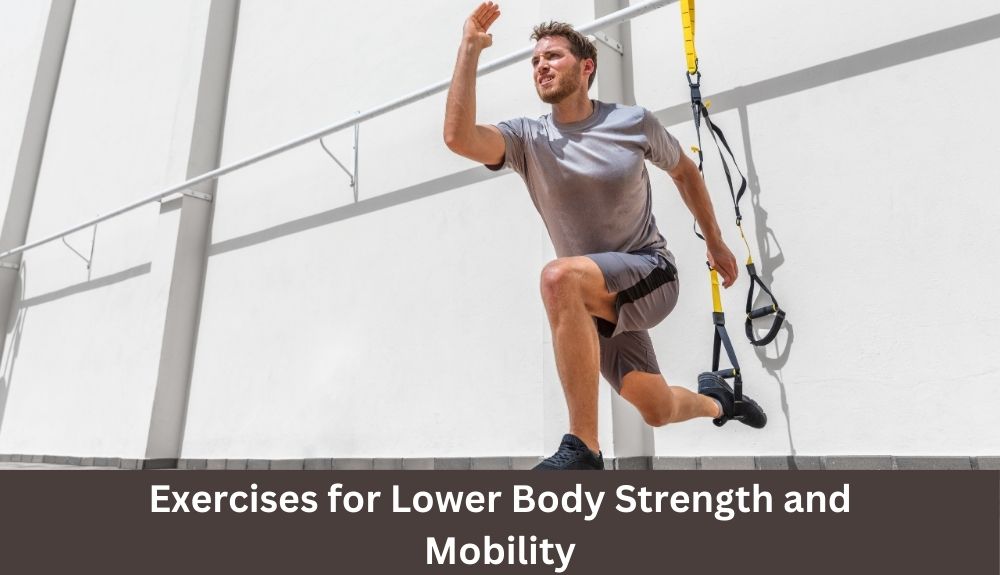
When it comes to functional fitness training, focusing on exercises for lower body strength and mobility is essential. These exercises not only help you move better in your daily activities but also contribute to your overall balance and stability.
Squats are a classic lower body exercise that targets the glutes, quads, and hamstrings. To take it up a notch, try adding resistance bands or holding onto weights while performing squats.
Lunges are another great exercise to strengthen the legs and improve flexibility. Whether you’re doing forward lunges, reverse lunges, or lateral lunges, they all work different muscles in the lower body.
Deadlifts are fantastic for working multiple muscle groups simultaneously. They engage the hamstrings, glutes, lower back, and core. Make sure to maintain proper form to prevent injury.
Incorporating these lower body exercises into your routine will not only enhance your strength but also boost your mobility for everyday movements.
Core Strengthening Exercises
Building a strong core is essential for everyday movements and overall stability. Core strengthening exercises not only help improve your posture but also reduce the risk of injury.
Planks are a classic core exercise that engages multiple muscle groups, including your abs, back, and shoulders. Start by holding a plank position for 30 seconds and gradually increase the duration as you get stronger.
Russian twists target your obliques and improve rotational strength. Sit on the floor with your knees bent, lean back slightly, and twist from side to side while holding a weight or medicine ball.
Deadbugs are great for activating deep core muscles. Lie on your back with arms extended towards the ceiling and legs in tabletop position. Slowly lower one arm and opposite leg towards the floor while keeping your lower back pressed against the ground.
Incorporating these core exercises into your routine will not only enhance your physical performance but also support better posture and balance in daily activities.
Incorporating Functional Fitness into Your Routine

Incorporating functional fitness into your routine can be a game-changer. Instead of just going through the motions at the gym, you’re training your body to handle real-life movements with ease and efficiency.
Start by identifying daily tasks that challenge your strength or flexibility. Maybe it’s lifting groceries, playing with kids, or even carrying luggage during travels. These are opportunities to tailor your workouts to improve these specific movements.
Focus on compound exercises that work multiple muscle groups simultaneously, mimicking how your body naturally moves in everyday life. Squats, lunges, push-ups, and rows are great examples of functional exercises that build overall strength and stability.
Don’t forget about incorporating balance and coordination drills into your routine as well. This will not only enhance physical performance but also reduce the risk of injuries in various activities.
By prioritizing functional fitness in your workouts, you’ll notice improvements not only in the gym but also in how effortlessly you tackle daily tasks outside of it.
Common Mistakes to Avoid
When it comes to functional fitness training, there are some common mistakes that people often make without even realizing it. One of the main mistakes is focusing too much on heavy weights and neglecting proper form. Remember, quality over quantity always wins in the long run.
Another mistake to avoid is not listening to your body. Pushing yourself is great, but ignoring signs of pain or discomfort can lead to injuries that set you back in your progress. It’s important to find a balance between challenging yourself and staying safe.
Many individuals also make the mistake of only doing exercises they enjoy or are good at. While it’s essential to have fun during workouts, incorporating a variety of movements is key to developing overall strength and mobility.
Don’t forget about rest and recovery. Overtraining can hinder your progress and increase the risk of burnout. Make sure to give your body the time it needs to recover properly so you can continue making gains in your functional fitness journey.
Conclusion
Incorporating functional fitness training into your routine can significantly improve your overall strength, mobility, and quality of life. By focusing on exercises that mimic everyday movements, you can enhance your body’s ability to perform daily tasks with ease and reduce the risk of injury.
Remember to include a variety of upper body, lower body, and core strengthening exercises in your workouts to ensure balanced strength and mobility throughout your body. By avoiding common mistakes such as improper form and overtraining, you can maximize the benefits of functional fitness training.
Make sure to listen to your body, progress at a pace that is challenging yet sustainable for you, and always consult with a professional trainer if needed. With dedication and consistency, functional fitness training can help you lead a healthier, more active lifestyle for years to come. Start incorporating these exercises into your routine today and feel the difference in how you move and feel!

